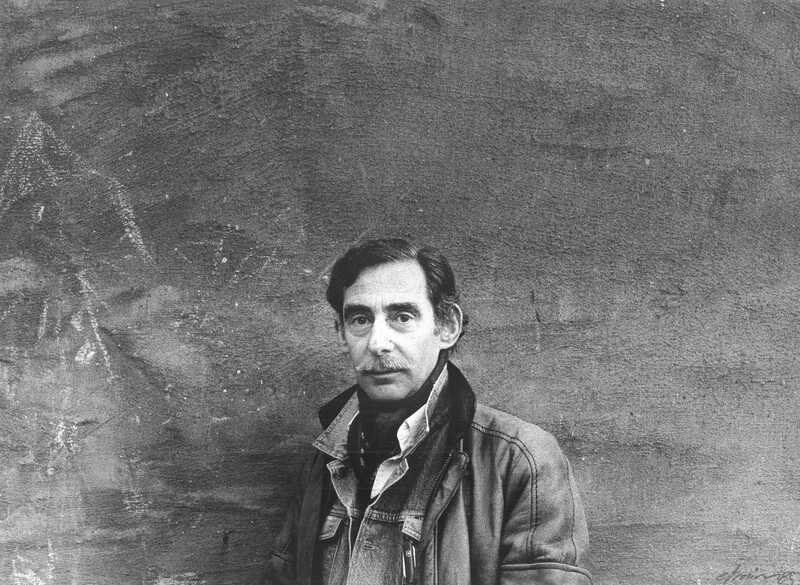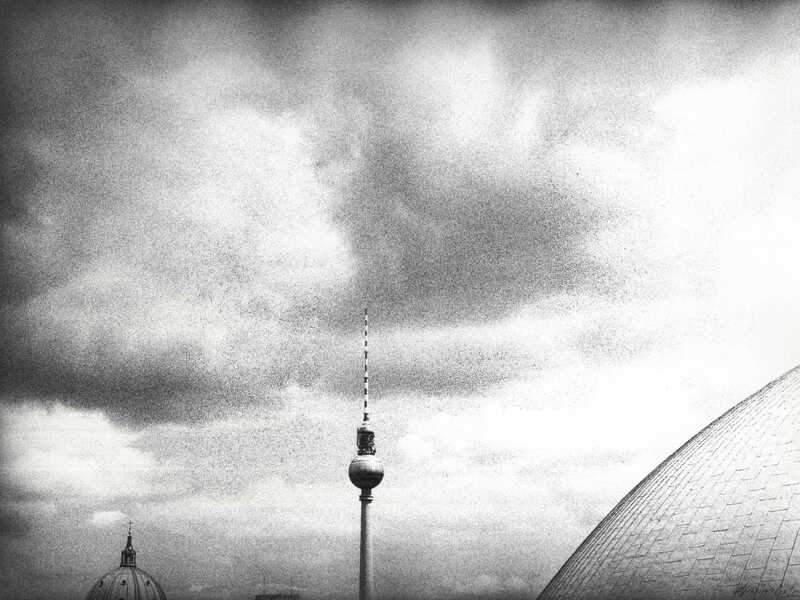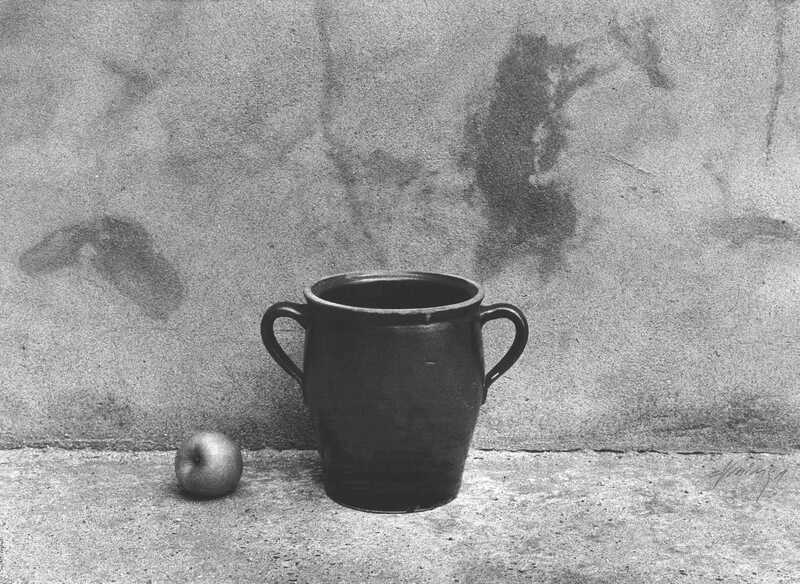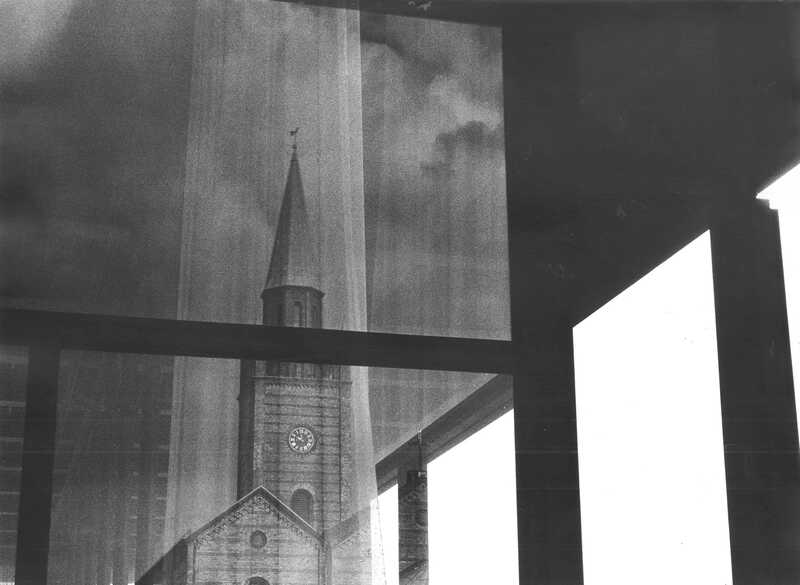
More on the subject Artist Portraits
Uncanny everyday life
From 12,000 to 1.5 million US dollars in two years: The painting Summertime (2020) catapulted Anna Weyant into the top league of the art world. She is the youngest artist in the Gagosian Gallery, and the waiting list for her works includes several hundred names. She is the Rising Star of the year.

Lucien Smith's new career in the country
Montauk, a village in the USA with 4,000 inhabitants nicknamed »The End«. This is the home of the artist Lucien Smith, who ten years ago shook up the New York art scene as a »wunderkind«. But it is not yet the end for him. In rural surroundings, Smith finds new creativity: »For the first time, I feel like a real artist.«
Dive deeper into the art world
Efraim Habermann - Photography and Watercolor
In the exhibition Efraim Habermann - Photography and Watercolor, artnow Gallery, which is associated with art.salon, presents a comprehensive exhibition of the photographs and watercolors of Berlin-based artist Efraim Habermann.















